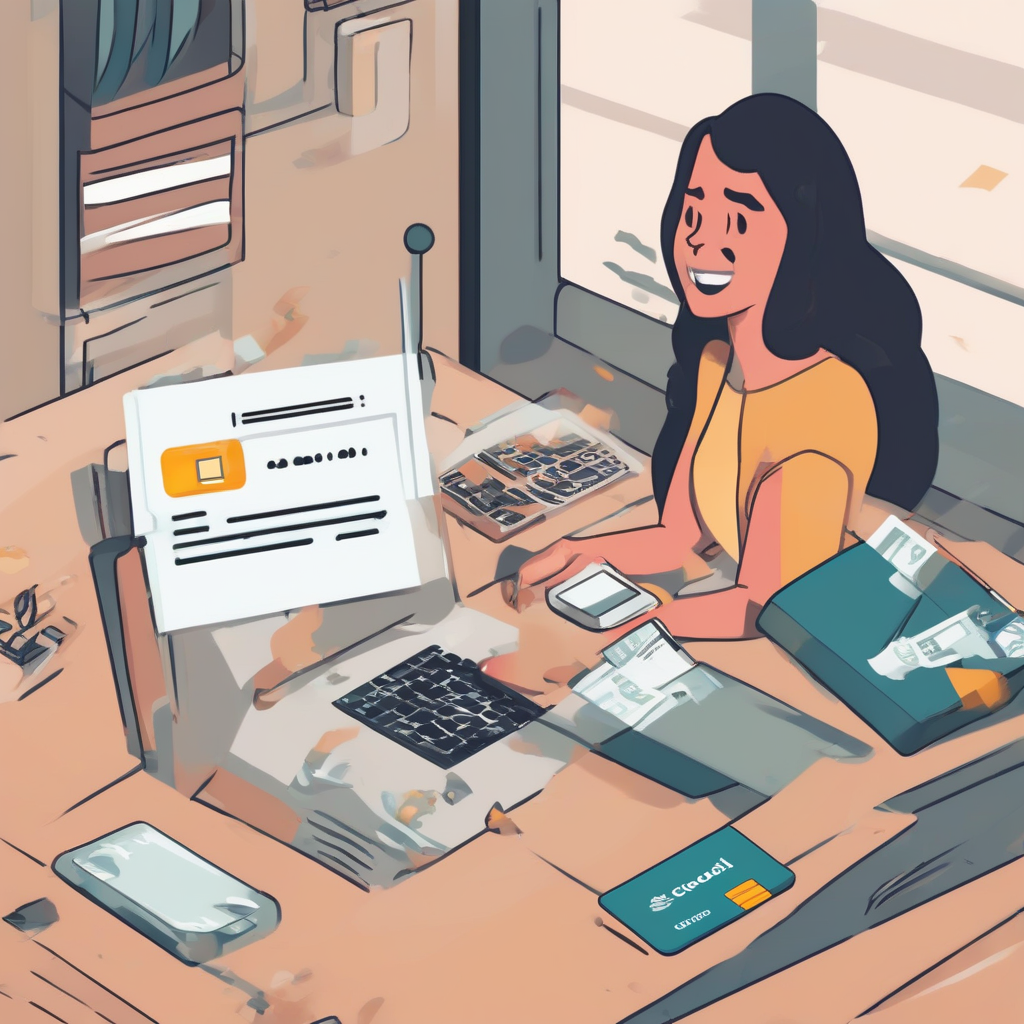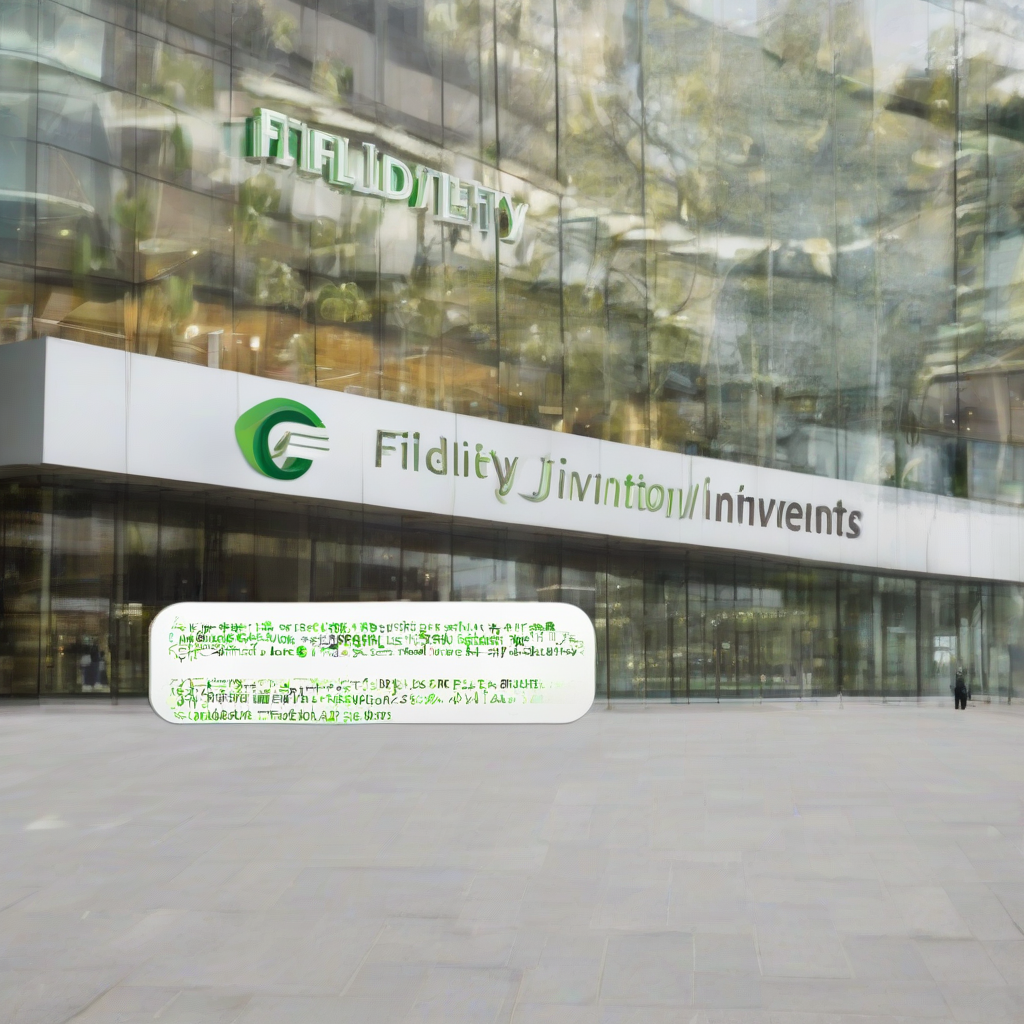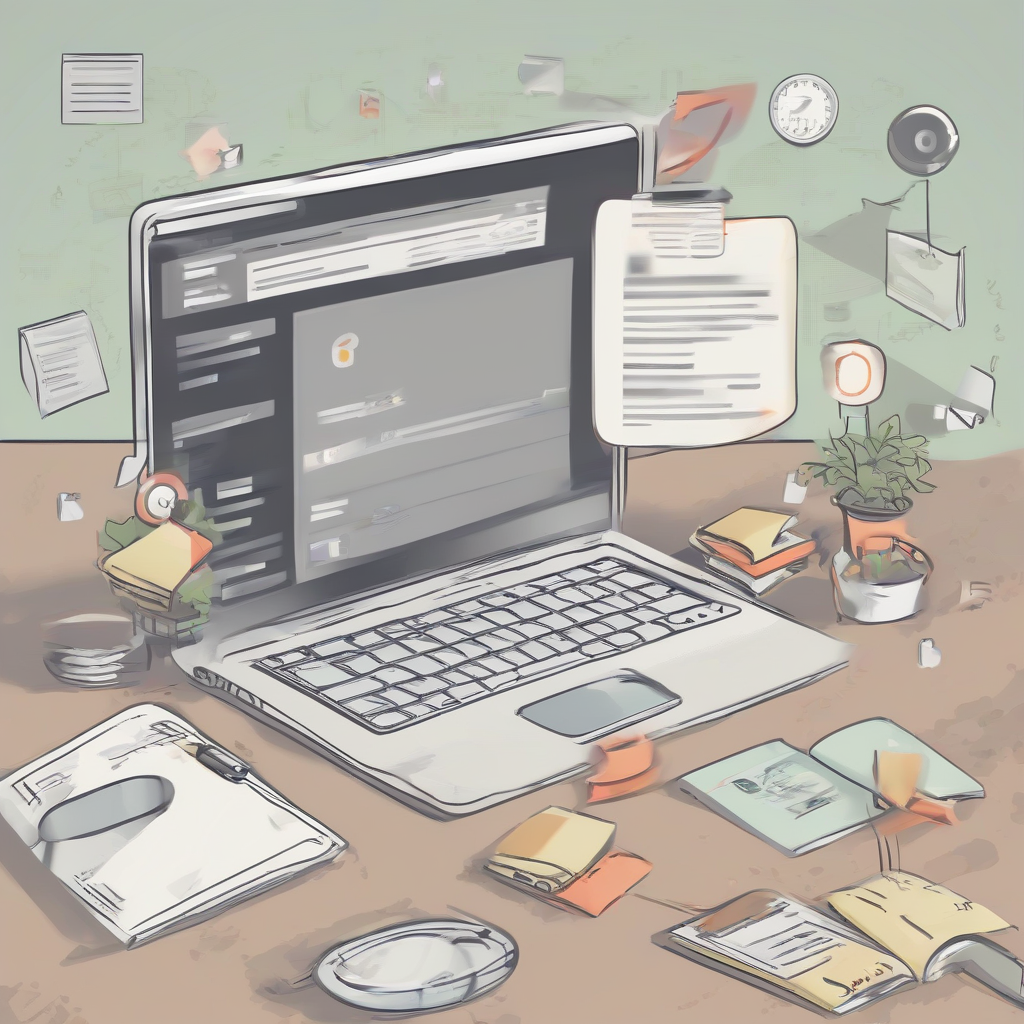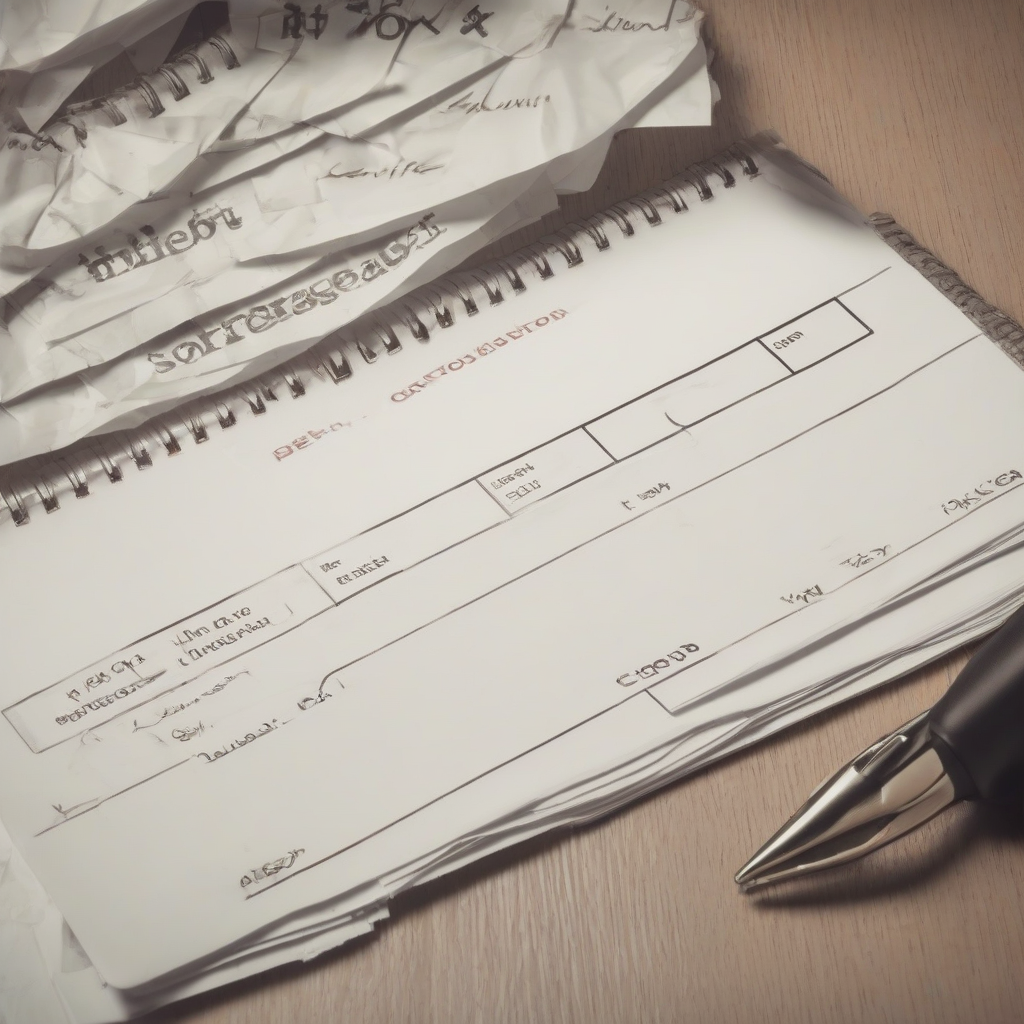Credit Card Debt Relief: A Guide to Filing for Bankruptcy

Credit Card Debt Relief: A Guide to Filing for Bankruptcy
Feeling overwhelmed by credit card debt? Bankruptcy may seem like a drastic step, but it can be a lifeline for individuals struggling to manage their finances. This comprehensive guide will walk you through the process of filing for bankruptcy, shedding light on the different chapters, eligibility criteria, and potential consequences.
Understanding Bankruptcy
Bankruptcy is a legal process that allows individuals and businesses to shed overwhelming debt and get a fresh financial start. The process involves filing a petition with a bankruptcy court, which oversees the distribution of assets to creditors. There are two main types of bankruptcy for individuals:
- Chapter 7 Bankruptcy (Liquidation): This chapter involves selling off non-exempt assets to repay creditors. In many cases, individuals are able to keep essential items like clothing, furniture, and vehicles. The remaining debt is discharged, providing a clean slate for the debtor.
- Chapter 13 Bankruptcy (Reorganization): This chapter allows individuals to create a payment plan to repay their debts over a period of three to five years. The plan is tailored to the debtor's income and expenses, allowing for a more manageable repayment schedule.
Who Qualifies for Bankruptcy?
Bankruptcy is not a decision to be taken lightly. Eligibility for bankruptcy depends on factors such as income, assets, and debts. The following criteria generally apply:
- Financial hardship: You must demonstrate that you are unable to repay your debts through other means, such as debt consolidation or repayment plans.
- Income and expenses: You must meet specific income requirements to qualify for Chapter 13, while Chapter 7 eligibility is determined by your assets and debts.
- Credit card debt: Credit card debt is often a primary reason for filing bankruptcy. High interest rates and minimum payments can quickly lead to unmanageable debt.
Steps Involved in Filing for Bankruptcy
The process of filing for bankruptcy can be complex, but it is typically streamlined by a bankruptcy attorney. Here are the general steps involved:
- Consult with a bankruptcy attorney: An attorney will assess your financial situation, explain your options, and guide you through the process.
- Gather financial documents: You will need to provide the attorney with information about your income, expenses, assets, and debts. This includes pay stubs, bank statements, tax returns, and credit card statements.
- Credit counseling: In some cases, you may be required to complete credit counseling before filing. This counseling helps you understand your financial situation and explore alternatives to bankruptcy.
- Filing the petition: The bankruptcy attorney will file a petition with the bankruptcy court on your behalf. The petition outlines your financial situation and the type of bankruptcy you are seeking.
- Meeting with creditors: You will need to attend a meeting with your creditors to discuss your financial situation. The creditors will be able to ask questions and object to your petition if necessary.
- Court approval: The bankruptcy court will review your petition and approve or deny your request for bankruptcy relief.
Potential Consequences of Filing for Bankruptcy
Bankruptcy is a significant legal action with both positive and negative consequences. Consider the following:
- Debt discharge: One of the primary benefits of bankruptcy is the discharge of most debts. However, some debts, such as student loans, may not be dischargeable.
- Credit score impact: Filing for bankruptcy will have a significant negative impact on your credit score. It will stay on your credit report for 10 years and can make it challenging to obtain loans or credit cards in the future.
- Property loss: In Chapter 7, you may lose non-exempt assets to repay creditors. Understanding your state's exemption laws is crucial.
- Financial restrictions: After bankruptcy, you may face restrictions on your ability to obtain credit or make large purchases.
Alternatives to Bankruptcy
While bankruptcy can be a viable option for some individuals, it is important to explore alternative solutions first. Here are some alternatives to consider:
- Debt consolidation: Combining multiple debts into a single loan with a lower interest rate can reduce monthly payments and help you manage debt more effectively.
- Debt settlement: This involves negotiating with creditors to reduce the amount of debt you owe. However, this approach can have negative impacts on your credit score.
- Credit counseling: A credit counselor can help you develop a budget, understand your financial situation, and explore options for managing your debt.
Conclusion
Filing for bankruptcy is a complex and sensitive decision that should be made after careful consideration and professional guidance. It is crucial to understand the potential consequences of bankruptcy and explore alternative solutions before taking this step. Consult with a qualified bankruptcy attorney to discuss your specific situation and determine the best course of action for your financial well-being.
What's Your Reaction?

















